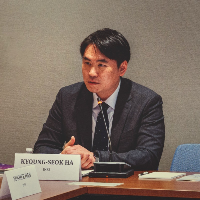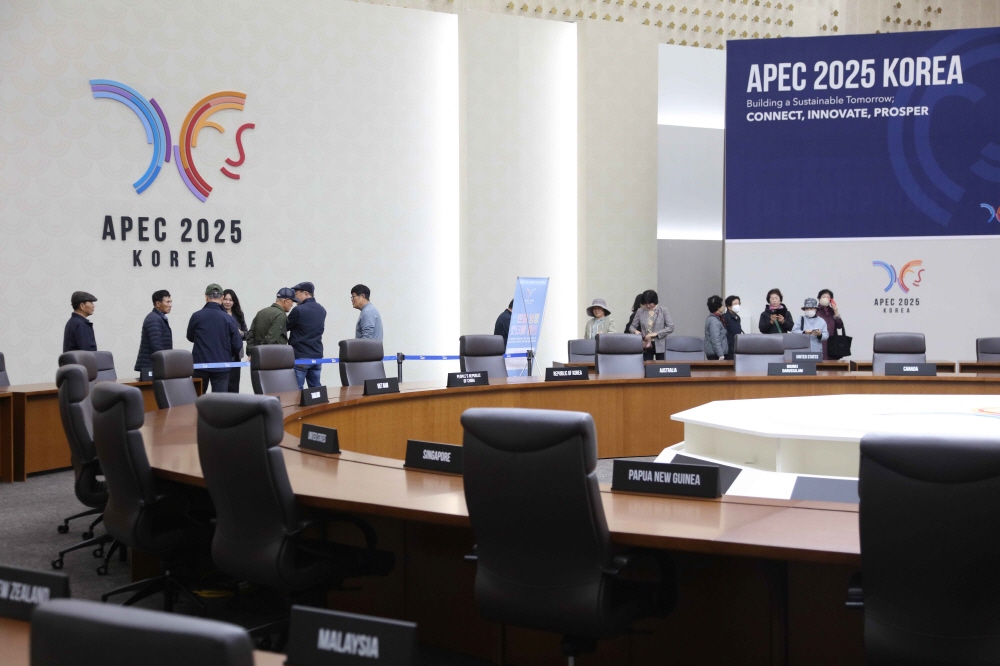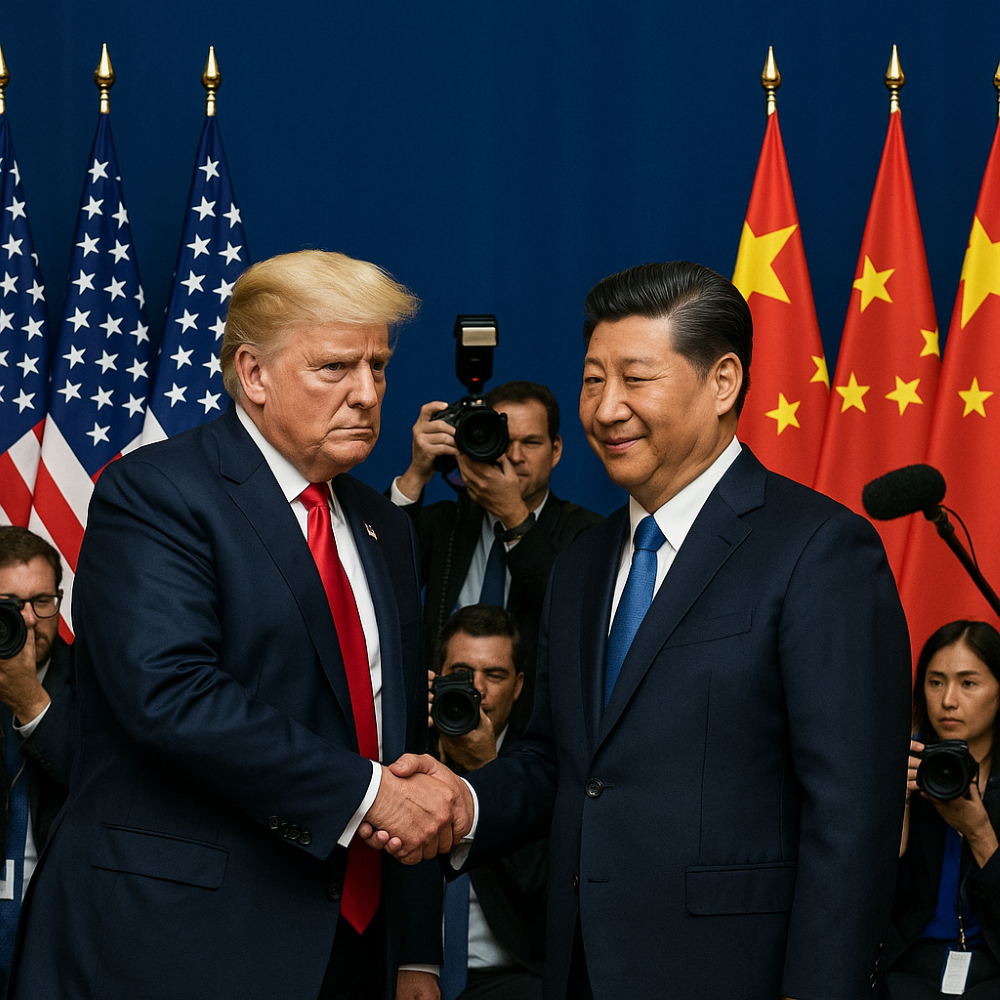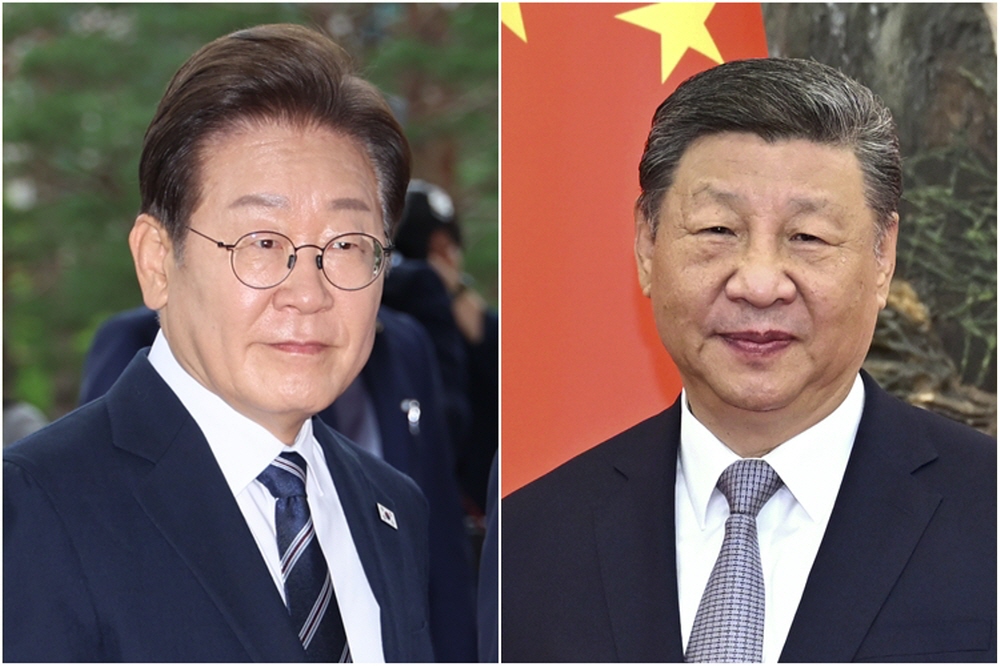
- #Global Issues
- #Multilateral Relations
- #South Korea

Key Takeaways:
- Political Space, Not Strategic Certainty: APEC's unanimous declaration created temporary political space and re-legitimized multilateralism, but its non-binding nature demands urgent conversion into strategic, implementable leverage.
- Competition Shifts to Standards: The US-China tariff pause was tactical relief; the strategic rivalry immediately intensified over "rules that travel," focusing on non-tariff tools like technical standards, export controls, and supply-chain security.
- Seoul Must Convert Opportunity into Leverage: South Korea's priority is to build durable leverage by institutionalizing US-Japan-ROK security cooperation and implementing detailed, practical arrangements with Washington and Beijing to manage trade-offs.
APEC 2025 - Opportunity Opened, Constraints Exposed
The 2025 APEC Leaders’ Meeting in Gyeongju delivered a unanimous declaration and a structured work plan at a time when trust in the Asia–Pacific is scarce. That outcome is meaningful: it shows that even in a competitive environment, a capable middle power can frame a practical agenda and keep a wide grouping engaged on shared problems. At the same time, APEC’s strengths—openness and inclusiveness—are paired with an inherent limit: implementation is voluntary. The summit therefore created political space rather than strategic certainty. South Korea’s strategic task is to convert that space into durable leverage across three axes at once: the US–China rivalry, the revitalized triangle with the United States and Japan, and stability on the Korean Peninsula. Doing so requires steady statecraft and careful sequencing, not rhetorical balance.
The US-China Truce: Tactical Relief, Strategic Ambiguity
The most consequential development around the summit occurred on its margins: the Trump-Xi meeting in Busan produced a limited, time-bound pause in tariff escalation. Markets treated the decision as immediate relief. Strategically, it is better understood as an intermission that shifts competition away from headline tariffs toward standards, export controls, investment screening, data governance, and securing supply-chains. For South Korea, the implications are clear. First, the pause does not signal re-coupling. Firms across the region will keep diversifying suppliers and locations, and governments will preserve or tighten guardrails around sensitive technologies. Second, the new center of gravity will be “rules that travel.” If the region is to avoid incompatible technical regimes, economies need usable models—such as pilot projects and shared assessment methods—that make it easier for businesses to operate in different countries. This is where a middle power can add value: by providing practical tools that others adopt because they work. Gyeongju opened the door for that approach; the next twelve months will determine whether it takes form in practice.
Recalibrating Strategic Bilaterals
Hosting APEC provided two forms of leverage for Seoul—control over the agenda and ample opportunity for leader-level diplomacy—and it used both to recalibrate ties with Washington, Beijing, and Tokyo.
With the United States, the Lee–Trump summit kept alliance coordination at the center of regional diplomacy while Washington calibrated its posture toward Beijing. The strategic function was to link U.S. steps on tariffs, export-control, and investment screening to South Korea’s industrial strategy and defense posture over the coming year. For Seoul, predictability is essential. Advance notification of regulatory decisions, specific exemptions where warranted, and closer alignment between economic-security measures and defense commitments can reduce uncertainty for Korean firms while sustaining alliance cohesion. Notably, both leaders also signaled support for South Korean construction of a nuclear-powered submarine. It is an important political marker for ROK-US alliance, but the precise arrangements remain to be clarified. President Trump announced approval for construction at Philadelphia shipyards, but Seoul’s primary request was for U.S. approval of nuclear fuel supply. It remains undefined on the essentials—reactor type, fuel sourcing, safeguards, export-control compliance, financing, industrial workshare, testing, and the appropriate construction location. Here, too, the devil is in the details: without clarity on specific technology, regulatory assurances, and long-term costs, forward motion will face legal, financial, and capacity constraints.
With China, the summit carried different weight. President Xi’s visit—his first to South Korea in more than a decade—signaled interest in stabilizing a relationship that has seen friction and episodes of economic coercion. The optics of a reset were useful; the substance is more complex. Seoul aims to re-anchor economic ties—substantiated by seven MOUs including currency swap, 2026-2030 economic cooperation plans, and practical livelihood cooperation—while seeking Chinese contributions to risk reduction and stability on the Korean Peninsula. Beijing, for its part, will likely bargain for restraint in South Korea’s participation in ever-tighter US-led technology controls. Managing this trade-off—access and stability versus alignment and leverage—now sits at the center of day-after strategy. The risk is not that engagement fails outright, but that incremental gains on trade or the Peninsula are offset by ambiguity in the competition over technical standards that shape long-term competitiveness.
With Japan, the October 30 meeting with Prime Minister Takaichi consolidated a pragmatic track that predates Gyeongju but benefited from its context. The focus extended beyond a better political climate to the strengthening trilateral cooperation with the United States. This pattern was reinforced at the trilateral Foreign Minister’s meeting on October 29, which specifically reaffirmed coordination on North Korea’s denuclearization while advancing concrete security mechanisms: early-warning integration, maritime domain awareness, missile-defense coordination, and joint work on export controls and investment screening. This institutionalization has two strategic effects. It raises the cost of wedge tactics by adversaries and spoilers in Northeast Asia, and it embeds sensitive cooperation in a broader regional frame, presenting progress as responsible regional management rather than bilateral concession.
In the run-up to Gyeongju, Seoul indicated it could facilitate a US–North Korea leaders’ encounter if conditions allowed. The meeting did not materialize, despite Trump’s repeated overtures. The absence is instructive. Pyongyang, reading the region through ties with Moscow and Beijing, sees little incentive to pay an upfront diplomatic price for talks without prior concessions on security and sanctions. In the near term, stability on the Korean Peninsula will therefore likely continue to rest on deterrence posture, sanctions enforcement, and quiet channels rather than summitry. For Seoul, the practical course is to press Beijing for verifiable contributions—on missile-related supply chains, third-country labor controls, and financial flows—as the price of a calmer neighborhood. Modest but well-specified steps are more likely to endure than unprepared, high-level meetings.
What the Gyeongju Declaration Buys—and What It Does Not
A unanimous declaration does not compel behavior, but it has uses that matter for a middle power. First, it re-legitimizes an inclusive venue at a time when minilateral formats are proliferating and narratives of bloc politics dominate. Reaffirming that twenty-one economies can still say something together—however carefully phrased—pushes back against the idea that fragmentation is a foregone conclusion. Second, it creates opportunities for policy cooperation. Language on resilient trade and investment, and recognition of long-term issues such as AI governance and demographic change, give relevant ministries a mandate to justify pilot projects and cross-border initiatives. For Seoul, such mandates are bargaining chips: they enable requests for partner participation and allow successful elements to be transferred into forums where commitments are more binding, whether OECD recommendations, entry requirements for advanced trade agreements, or bilateral arrangements linked to market access. Third, it buys time for bilateral recalibration. The combination of a trade pause and an inclusive declaration reduces immediate political tensions for a period sufficient to test confidence-building in narrow domains—critical-mineral cooperation, customs facilitation, maritime safety protocols—before the next round of strategic friction.
From Bridge to Leverage
If 2025 APEC in South Korea demonstrated that convening remains valuable, the next step is to convert convening into leverage. This requires a method rather than a slogan. On the U.S. track, Seoul should seek predictability agreements that sequence tariff and control decisions with sufficient lead time for firms to adjust, while linking ROK contributions in defense and technology to targeted exemptions or phased implementation. On the China track, Seoul would benefit from an internal “red–amber–green” framework. Red items are non-negotiable—missile-defense integration, trilateral exercises, and core safeguards for critical technologies. Amber items are areas for careful timing and optics—format, announcement timing, and bundling with other measures. Green items are areas for visible Chinese contribution—tighter enforcement against sanctioned components, oversight of overseas workers, and support for de-escalation mechanisms. Framing engagement in this way keeps interaction results-focused while protecting deterrence and competitiveness.
With the United States and Japan, the priority is to move from episodic coordination to routine practice. Written playbooks for missile attacks, gray-zone maritime coercion, cyber incidents, and disruptions to space assets should be rehearsed so that crisis responses are not improvised. Economic security coordination needs to be integrated into these routines, narrowing the gap between export-control policy and supply-chain reality. The credibility of the triangle will be measured less by communiqués and more by how often working-level officials already know the action plan before a crisis begins.
Finally, APEC should be treated as a launchpad rather than a destination. The declaration provides legitimacy and scale; smaller formats provide speed and enforceability. Two or three deliverables with a high likelihood of be adopted as binding rules—for example, a common template for high-risk AI audits and a reference standard for technologies for an aging population—should move rapidly from pilot project to adoption in venues where commitments are enforceable. Demonstrating that inclusive consensus can be translated into enforceable practice would strengthen the case for multilateralism at a time of skepticism.
Conclusion: Bridging by Geopolitics, Detail by Detail
The APEC in Gyeongju did not reconcile competing strategic projects in the Indo-Pacific; it created room to manage them. The US-China truce offered tactical relief while pointing to a deeper contest over standards, controls, and screening. Seoul’s bilaterals—with Washington, Beijing, and Tokyo—produced stabilization and some near-term coordination gains, while the absence of a US–North Korea summit underlined where diplomatic opportunities are presently limited. In this setting, South Korea’s role as a bridge is not to keep the same distance from Washington and Beijing. It is the deliberate engineering of leverage: using inclusive platforms to set practical agendas, using bilateral channels to ensure implementation, and using trilateral formation to raise the cost of coercion and miscalculation. The result will come not from grand words but from arrangements that are incremental, resilient, and adopted because they lower risk at acceptable cost. If Seoul proceeds in that spirit—quietly, steadily, and with attention to the details that endure political weather—it can credibly “bridge the Pacific.” The task is not to stand on the fault line, but to build practical links that partners will choose when the winds return.

Dr. Kyoung-Seok Ha is a Research Fellow at the Institute for National Security Strategy (INSS) in Seoul, Korea.




